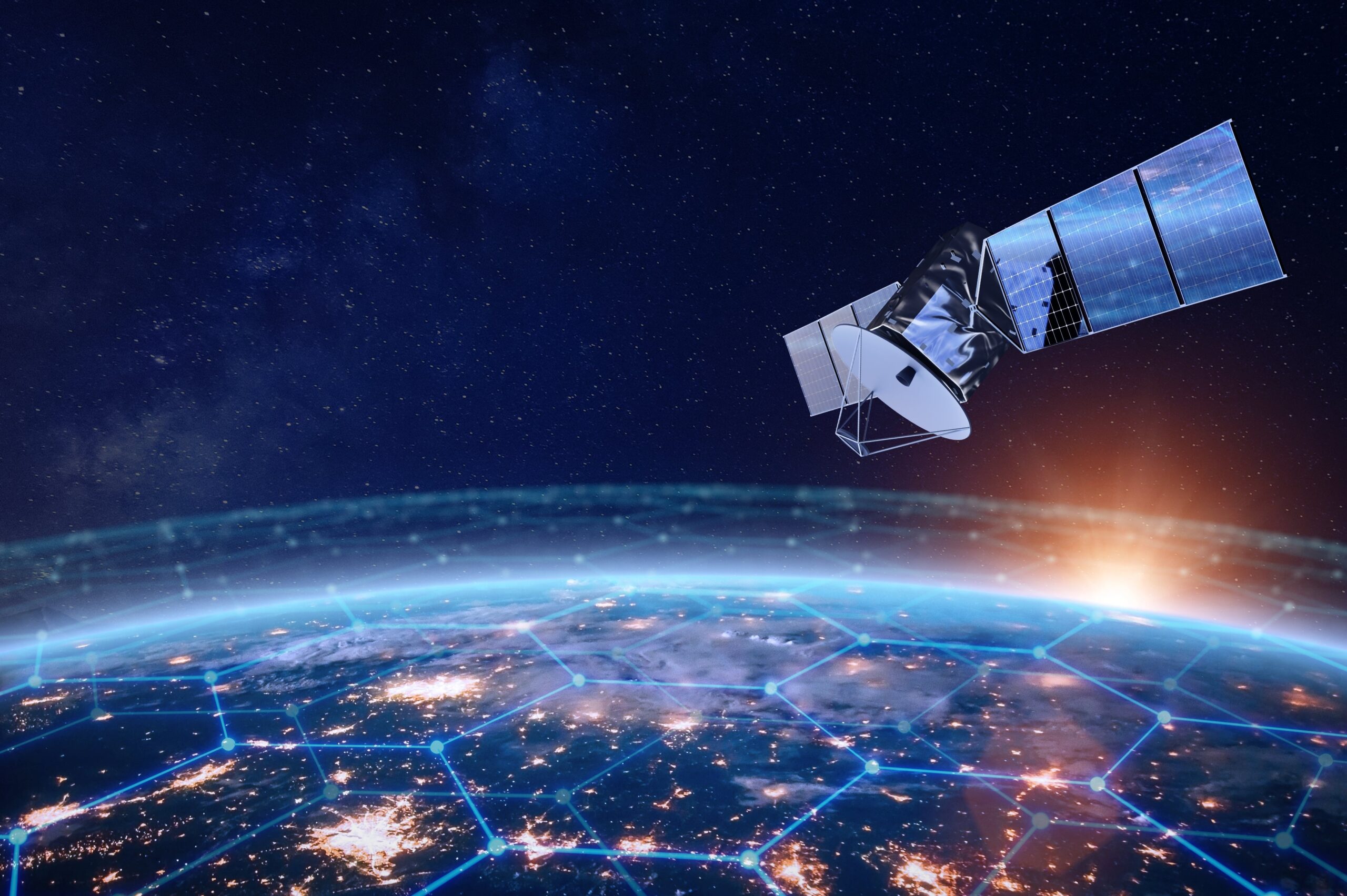
With NTNs expected to continue gaining traction, they will play a major role in the
future of global automotive connectivity. Further benefits of NTN connectivity include:
- It is easily scalable. NTN can provide new coverage without the need for costly ground infrastructure to be laid first, leading to lower overall infrastructure maintenance and deployment costs over large areas.
- It can enable vehicle communication with emergency services from any location. This will improve emergency response times and outcomes in the event of a collision or mechanical breakdown.
Non-Terrestrial Network connectivity: GEO and LEO satellites
Over the next decade, two main types of satellites will play a crucial role in modern networks. Though they differ in their altitudes, orbital periods, coverage areas, and latencies, both will be important in enabling automakers to gather and act on real-time vehicle data.
Geostationary Earth Orbit satellites circle the Earth at the exact same rotation rate as the planet, keeping it above a fixed point and therefore appearing as ‘stationary.’ As they are high above the planet, fewer satellites are required to cover a large surface area. This means they can provide consistent coverage for services that do not require low latency such as vehicle diagnostics and fleet management. They can also provide support to vehicles in a selected area for infotainment services, including radio signal and entertainment streaming.
However, while GEOs (Geostationary Earth Orbiting) cover more ground and provide consistent coverage to a fixed location, their high latency means they are less useful for vehicle connectivity which is the backbone of the software defined vehicle.
Low Earth Orbit (LEO) satellites, on the other hand, do provide low-latency connectivity and higher bandwidth, making them ideal for more demanding, real-time automotive needs. LEOs, as the name suggests, orbit closer to the Earth’s surface than GEO satellites and move rapidly in relation to the planet’s rotation. The orbit of a LEO does not have to follow a particular path around the Earth, providing more available routes than a GEO, which has limited coverage in polar regions due to its limiting equatorial orbit. The ability of LEO satellites to provide connectivity in remote areas and ensure robust support of applications that require constant, real-time data exchange, makes them particularly crucial for advanced automotive technologies like autonomous driving and vehicle-to-everything (V2X) communication.
While currently both satellite constellation types have their benefits when it comes to delivering comprehensive coverage for vehicles, it is LEOs which have the greater long-term impact, enabling enhanced driving experiences with no coverage gaps to a rapidly evolving automotive industry. While GEO satellites are better positioned for comprehensive coverage for narrowband use cases, LEO satellites, wherever they are available, are superior options for low latency and high bandwidth use cases.
The future
NTN technology is only at the initial stages of development; the availability of NTN on GEO satellites is very new while the build out of LEO constellations is some years away.
